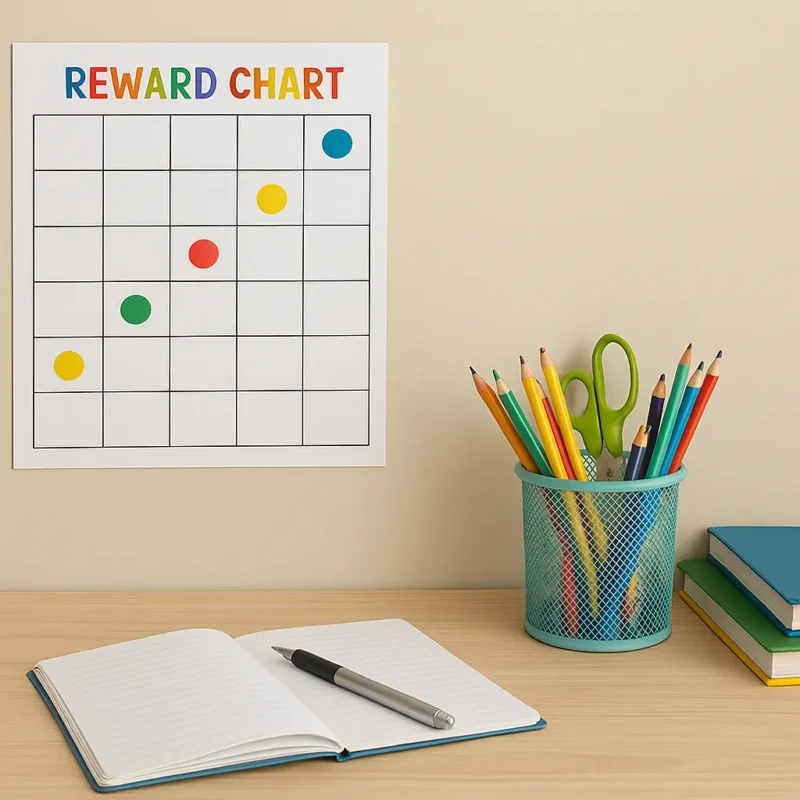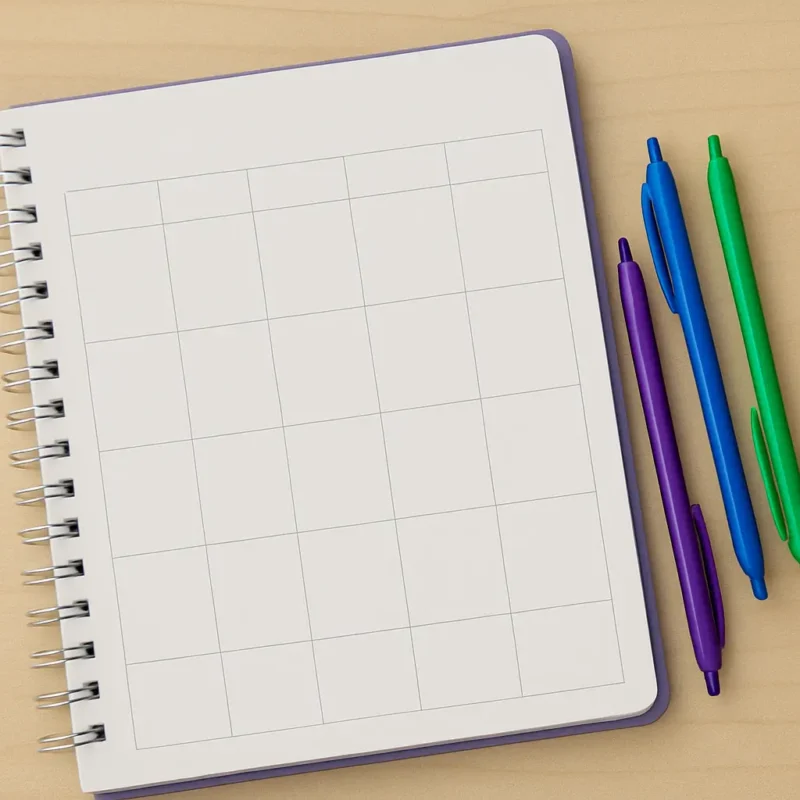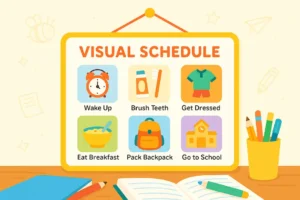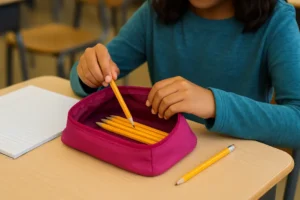How to Talk About Grades Without Stress
Let’s face it — talking about report cards and test scores can stir up anxiety for both kids and parents. You want your child to take school seriously, but you also don’t want them to feel judged or discouraged. Finding that balance matters. In this guide, we’ll walk through ways to talk about grades without stress, using calm, confidence-building strategies that focus on growth, not perfection.

Why Talking About Grades Calmly Matters
When grades become a source of tension at home, kids can start associating school with shame or pressure — which makes learning harder in the long run. Instead, our goal is to make academic conversations feel like check-ins, not confrontations. With the right approach, you can help your child feel supported, motivated, and open to growth.
Step 1: Set the Tone Before Report Cards Come Home
Start talking about learning goals early in the semester, before any official grades arrive. Let your child know that what matters most is progress, not perfect scores. You can ask:
- “What’s something you’re proud of learning this week?”
- “What subject feels tricky right now? How can we make it easier?”
This regular check-in builds trust and makes later conversations feel normal — not scary.
Step 2: Use Growth-Oriented Language
When you talk about grades without stress, it helps to shift the focus from outcomes to effort. Instead of saying “Why did you get a C in math?” try:
“Looks like math was tough this quarter. What part was hardest? What helped you get through it?”
This shows your child you care more about their process than a letter grade.
Step 3: Avoid the Comparison Trap
It’s tempting to compare your child’s grades to a sibling’s or classmate’s, but that usually backfires. Kids learn and grow at different rates. Instead, celebrate individual progress:
Quick Tip: Keep a “growth folder” with past assignments or test scores to help your child see how far they’ve come.
Step 4: Focus on Problem-Solving, Not Punishment
If grades drop, your child might expect consequences — but discipline doesn’t always lead to better learning. Instead, work together on a solution:
- Create a weekly homework station with limited distractions. (You might revisit our homework station guide.)
- Try using a visual schedule to block out dedicated learning time.
- Build habits using independent reading goals.
This collaborative approach builds ownership — not resentment.
Step 5: Celebrate the Wins (Big and Small)
Even small improvements deserve recognition. Did your child go from turning in late work to submitting things on time? That’s a win. Acknowledge it. A kind note on their desk, a favorite after-school snack, or extra playtime can go a long way.
Consider using a whiteboard or reward chart near your homework caddy to track goals and progress.

Step 6: Create a Calm Environment for Conversations
When it’s time to actually look at report cards or review test scores, pick a moment that feels relaxed. Not in the car. Not right before bed. Choose a calm time, sit together, and make space for your child to speak first.
“What do you think about these grades? Is there one you’re especially proud of?”
This approach shows respect and keeps your child in the driver’s seat.
Step 7: Involve the Teacher When Needed
If a grade seems surprising, reach out to the teacher — not to argue, but to understand. Ask:
- “What patterns have you noticed?”
- “How can we support this subject at home?”
Teachers appreciate when families come from a place of curiosity instead of confrontation. It helps strengthen the home-school connection — something we talk more about in this guide on preparing for school.
Helpful Tools to Support the Conversation
You don’t need a full makeover to support better academic habits, but a few simple supplies can make the process easier:
- Magnetic whiteboard calendar: Great for setting weekly academic goals.
- Homework planner notebook: Helps track assignments and reduce surprise grades.
- Sticky note sets or colorful pens: Use them for encouraging feedback or small “job well done” notes.
These can all be added near your child’s study spot or homework setup.

Final Thoughts
You don’t have to dread grade talks. With some planning, empathy, and the right language, you can turn these moments into meaningful learning check-ins. Your child doesn’t need perfection — they need to feel seen, supported, and safe to grow.
Looking for more ways to help your child stay on track? Check out our tips on taming the after-school chaos or creating a calm morning routine.
🍯 More Buzz from the Hive
Last update on 2025-10-20 / Affiliate links / Images from Amazon Product Advertising API



